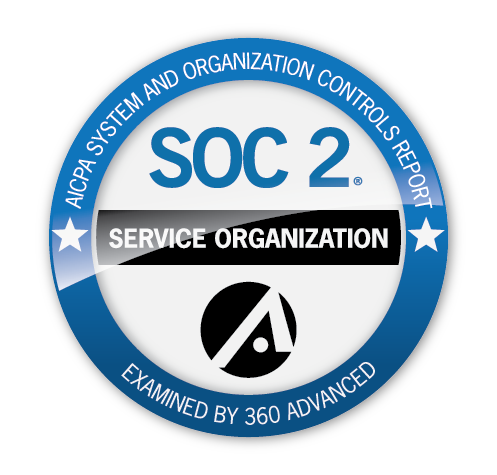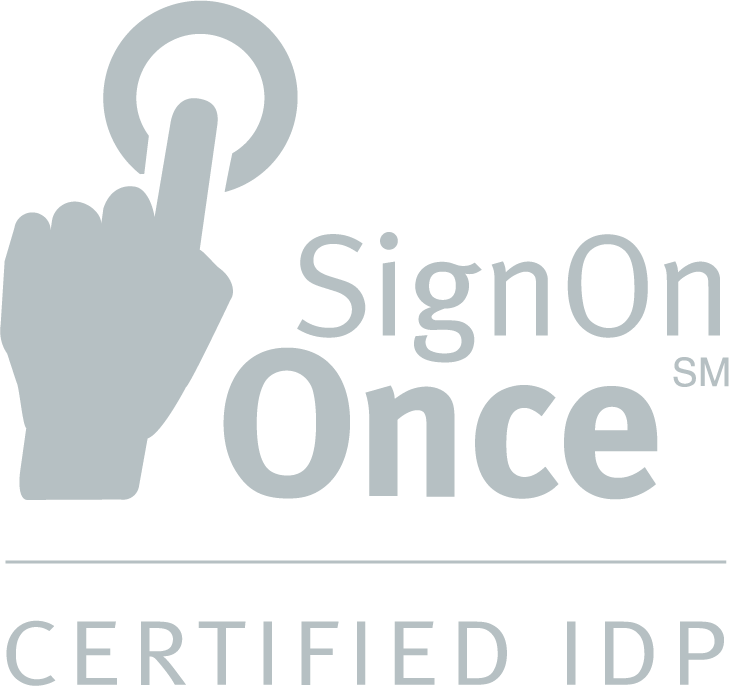In 1992, George Labovitz and Yu Sang Chang proposed the 1-10-100 rule, which maintains that data entry errors cost exponentially more money the longer it takes to identify and correct it, referring to the hidden costs of waste associated with poor data quality.
The theory says:

|

|

|
$1 to prevent.
Costs $1 to verify data in the first instance. The cheapest and most effective way of ensuring you have clean and accurate data is to deal with it immediately.
$10 to remediate.
"Bad data can lead to poor communication with customers, missed opportunities and lack of compliance," said Neil Snowdon, VP of Development for Vertafore. "It is vital that business start to really asses the quality of their data before it costs you thousands in lost productivity and errors."
$100 to do nothing.
If you’re like most MGAs, you have a process in place where data feeds from one source to another. More importantly, time and resources are wasted by bad information flowing into your various systems. Whether it’s 15 or 50 different spreadsheets or disparate systems, data entry issues bogs down your business.
“Bad data can lead to poor communication with customers, missed opportunities and lack of compliance,” said Neil Snowdon, VP of Development for Vertafore. “It is vital that businesses start to really asses the quality of their data before it costs you thousands in lost productivity and errors.”
In 2016, IBM estimated that bad data costs U.S. businesses $3 trillion per year. “The reason bad data costs so much is that decision makers, managers, knowledge workers, data scientists, and others must accommodate it in their everyday work,” according to Harvard Business Review.
MGAs rely on AIM every day to help manage and track virtually every aspect of their fast-paced businesses.
1. Underwriting: Manage submissions, manage retail broker relationships, and report on what matters most.
2. Accounting: Offers you the ability to handle all aspects of premium accounting, invoicing, and full financial reports.
-
Track individual producer commissions as well as individual agency commissions.
-
Create and export ACH files for bank transactions.
-
Calculate and automatically report on surplus line tax.
-
Process and closeout month-end in real-time.
-
Email producer statements.
3. Claims: Create, manage, and pay claims, keep track of the reserves, assign professionals, prepare checks, and more
Over 8,500 users rely on AIM to streamline front-end activities including quoting, routine correspondence, binding, policy issuance, and policy management. This results in more accurate data for your business as a whole, and a strong foundation for your future.
[i] https://hbr.org/2016/09/bad-data-costs-the-u-s-3-trillion-per-year



